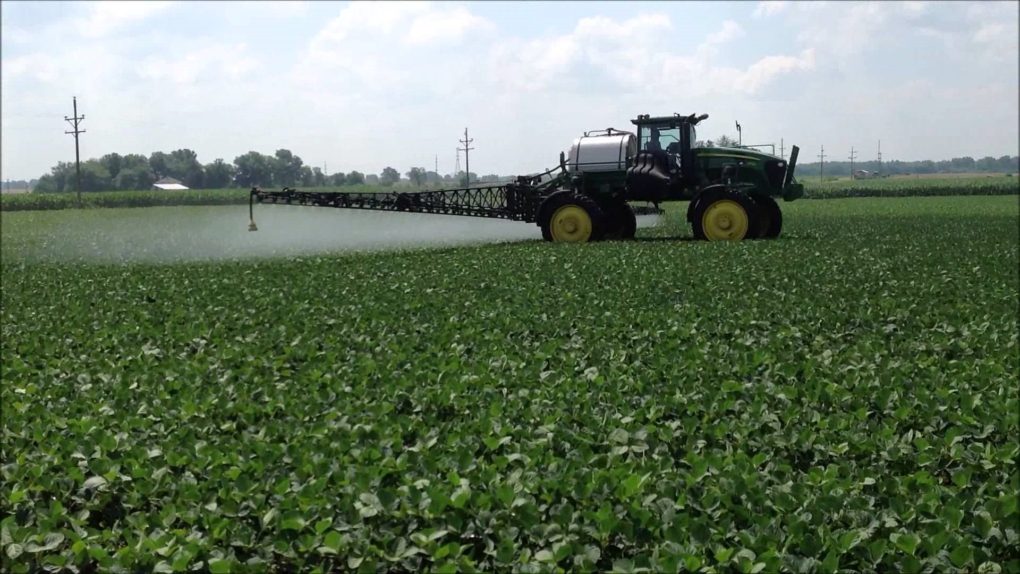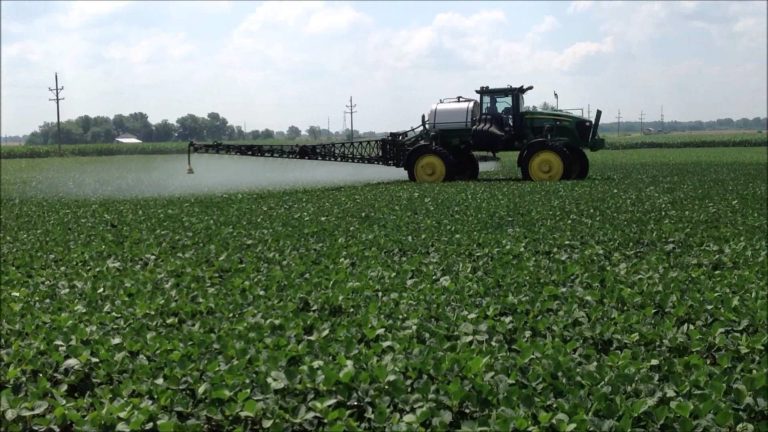By: Andrew Mitchell, University of Saskatchewan Student
Driving down the grid roads around our farm this summer, I couldn’t help but notice the amount of kochia and thistle in a neighbour’s (I want to say flax, but it was near impossible to tell) crop, and the large number of weeds along the edge of our field adjacent to his just across the road. A few more miles down the grid, I noticed more fields of different neighbours on both sides of the spectrum. A dirty field on the west side of the road and a 90% clean field with a strip of wild oat, Kochia, volunteer canola, and thistle mix on the east side of the road. It didn’t take an expert to see that the weeds on the west side were being blown across into these strips on the east side, thanks to our prevailing northwest wind. Seeing this, I knew I would soon be out there putting hours on our sprayer, using our fuel, our chemicals, our time, trampling our plants, all to control our neighbour’s weeds.

For every acre of crop affected by these weeds, the cost of controlling them increases for the affected farmer. Chemicals needed to salvage our crop from the neighbour’s weeds can cost anywhere from $10 to $40 or even more per acre1, roughly 20 cents per acre for fuel2, $1-3 per acre on labour3, plus other smaller costs such as depreciation and the trampling of plants. This is only pennies compared to the effect of not spraying these weeds at all. The yield loss that can be caused by these uncontrolled weeds in a soybean field can be as high as 50%, which would knock an average crop in Saskatchewan down from 30 to 15 bushels per acre. At $10/bushel4, that’s $150 per acre lost. Plus the cost of the next generation of weeds that come from the thousands of seeds of a Russian thistle or kochia plant.
My proposition is to have a policy that fines farmers if they have let the weeds in their field get out of control. Saskatchewan already has “The Weed Control Act” that is similar to this, but the punishment for having noxious, prohibited, or nuisance weeds overtake a field are a lot looser than they should be, and at the discretion of the weed inspector. With the policy update that I am proposing, there would be a set fine assessed per infected weed acre (with the potential to increase according to the price of fuel and chemical). This would create a more consistent penalty and force the farmer to face financial repercussions for having a field overgrown by weeds in which they could have controlled.

The key to making this policy effective is having the fine more expensive than it would be to spray the field in the first place. This way the farmer would have the incentive to spray their crop and control the weeds. But if they still have not sprayed their field(s) after two days from their warning, (weather permitting), then the fines would be collected by the RM and go towards helping cover expenses such as taking care of grid roads and mowing ditches along with other community benefits. Like the Saskatchewan Weed Control Act, fields would be determined to be too weedy or not by either a representative of the RM or a third-party assessor if there are questions about bias. Members of the community would also have the right to phone the weed inspector if they have complaints about a field that they believe is unacceptably weedy. With this being regulated by the RM, they can make sure the crop either gets sprayed or payments for fines get received by declining to provide services until either event is satisfied.
With kochia, thistle, and other weeds becoming more herbicide-resistant, in addition to the rising presence of alkali which kochia thrives in, the need to keep these weeds under control becomes more important every year. Every plant matters when a single Russian thistle plant can blow for miles, dropping up to 200,000 seeds along its journey. This can cause exponential issues for years to come for not just the neighbours across the road, but for all the farmers that have land miles away from the neglected field.
Notes:
1 Chemical costs based on personal experience.
2 Based on a productivity of 12.6 acres per gallon, and approx. $2.50 per gallon of dyed diesel.
3 Spraying 60 acres per hour plus travel and tank fill times can range from $30-60 per hour for a farmhand wage.
4 The price that we sold our soybeans for this spring (2017).

Andrew Mitchell
My name is Andrew Mitchell. I am finishing up my 3rd year of an agribusiness degree at the University of Saskatchewan. I was born and raised on the family farm half an hour east of Saskatoon. We used to have cattle and broiler chickens, but now we’re solely grain. I am the 7th generation to farm the land we are on and I plan on continuing the tradition.



